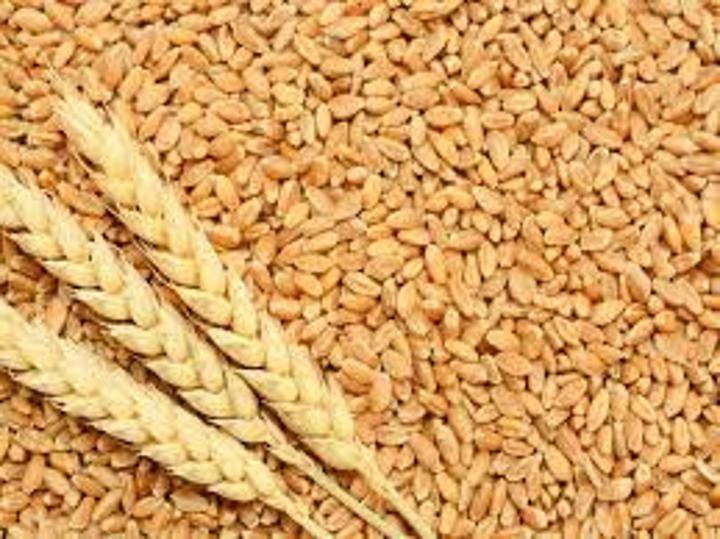Africa-Press – Zimbabwe. Mashonaland provinces have once again cemented their dominance in Zimbabwe’s wheat production, contributing nearly three-quarters of the country’s total 2025 harvest, according to the Zimbabwe Economic Review.
The report shows that Mashonaland West, Central, and East collectively produced 475,000 tonnes of wheat out of a national total of 639,938 tonnes.
Mashonaland West led the pack with 188,541 tonnes, followed by Mashonaland Central with 162,646 tonnes, and Mashonaland East with 123,850 tonnes.
“The Mashonaland provinces continue to anchor Zimbabwe’s wheat security, demonstrating strong performance supported by good rainfall distribution, irrigation investments, and improved mechanisation,” said the Zimbabwe Economic Review.
Midlands contributed 60,342 tonnes, while Manicaland followed closely with 53,354 tonnes, reflecting a solid expansion of production capacity outside the traditional wheat belt.
“Although Masvingo, Matabeleland North, and Matabeleland South recorded smaller yields, the Review noted that their “steady output reflects the growing national spread of wheat farming and increasing participation of new producers across regions.”
According to the report,, the results show the success of national efforts to localise wheat production and strengthen food security.
“The 2025 figures confirm that Zimbabwe is consolidating its status as a wheat-secure nation, with production increasingly balanced across provinces,” the Review stated.
The strong performance by Mashonaland provinces was attributed to sustained irrigation infrastructure, farmer training, and timely input delivery under government and private-sector support programmes.
“Strategic partnerships between farmers, the Grain Marketing Board, and input suppliers have ensured stability in both yields and market access,” the report read.
Agricultural analysts quoted in the report also pointed out that the continued growth of wheat output will cushion the economy against global supply shocks.
“With local production now meeting national demand, Zimbabwe is better positioned to protect itself from international price volatility and import disruptions,” the publication noted.
The Review further highlighted that the expansion of wheat farming into traditionally dry regions like Matabeleland and Masvingo represents “a strategic step toward climate resilience and regional agricultural inclusivity.”
“The diversification of wheat farming is no longer just about volume, it’s about stability, sustainability, and regional balance,” the Zimbabwe Economic Review concluded.
Zimbabwe’s 2025 wheat output underscores a steady trajectory toward national self-sufficiency, with Mashonaland continuing to lead the country’s agricultural success story.
For More News And Analysis About Zimbabwe Follow Africa-Press






